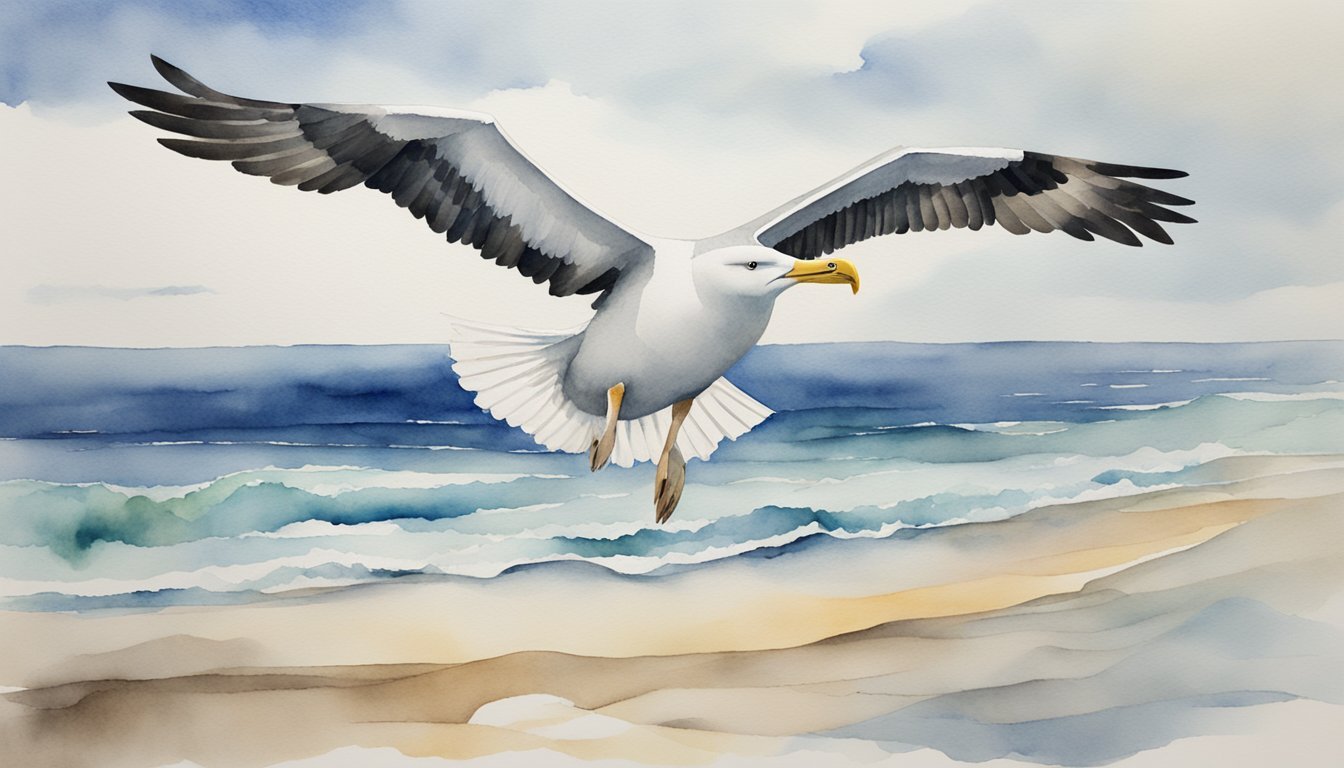Albatross Biology and Ecology

Albatrosses, with their vast wingspans and distinct ecology, are fascinating seabirds. They are a testament to avian adaptation, showcasing unique biological traits and behaviors that allow them to thrive in marine environments.
Diet and Feeding Patterns
Albatrosses primarily feed on squid, fish, krill, and zooplankton. They employ their keen sense of smell to locate prey and are known to engage in both hunting and scavenging behaviors to sustain their high-energy lifestyle. Techniques like surface seizing and shallow plunging are typical during hunting, whereas many albatross species follow ships to scavenge refuse.
Breeding and Population Management
Reaching sexual maturity at around five years of age, albatrosses are known for their long-term pair bonds. Breeding takes place in colonies, where they lay a single egg and share parenting duties. Population management efforts focus on habitat preservation and the mitigation of threats, as many species are listed as threatened or endangered under the IUCN Red List.
Threats and Conservation
Key threats include bycatch from longline fishing, plastic pollution, and introduced predators like rats and cats which prey on their eggs and chicks. The conservation strategies include creating of protected areas, predator control on nesting islands, and the implementation of bird-friendly fishing practices. Organizations worldwide are working to improve the conservation status of albatrosses, which remain among the most endangered seabirds.
Cultural and Historical Significance
Albatrosses have made an impressive mark on human culture. The bird is famously mentioned in Samuel Taylor Coleridge’s “The Rime of the Ancient Mariner,” symbolizing a burden to be carried as a result of wrongdoings. For the Aleut people, the albatross signifies spiritual messengers. Birdwatchers and mariners are also captivated by their sheer size and graceful flight, adding to the albatross’s cultural and historical legacy.

